Introduction to Cast Iron Induction Cookware

Cast Iron Induction Cookware In recent years, modern kitchens have undergone a remarkable transformation. One of the most notable innovations is the adoption of induction cooktops. As more people make the switch from gas and electric stoves, the demand for compatible cookware has soared. Enter cast iron induction cookware—a timeless kitchen staple now optimized for cutting-edge cooking technology. This hybrid cookware offers the durability of traditional cast iron with the efficiency of modern induction cooking. traditional kitchen cookware India.
The Science Behind Cast Iron Induction Cookware
Induction cooking uses electromagnetic fields to directly heat cookware, rather than transferring heat through a flame or electric coil. This makes induction cooktops faster, more energy-efficient, and safer. The essential requirement? The cookware must be made of a ferromagnetic material—meaning it must contain iron or have a magnetic base. eco friendly kitchen products India.
How Cast Iron Complements Induction Technology
Magnetic Properties That Make Cast Iron Ideal
Cast iron is naturally ferromagnetic. This means it works seamlessly with induction cooktops without any modifications. As soon as the cookware makes contact with the induction surface, the magnetic field heats it quickly and efficiently. buy cast iron cookware online India
Heat Retention and Distribution
Another reason cast iron stands out is its superior heat retention. Once it gets hot, it stays hot—ideal for searing meat, simmering stews, or keeping food warm at low temperatures. The even distribution of heat also reduces the chances of burning or uneven cooking. pre-seasoned cast iron dosa tawa India.
Benefits of Using Cast Iron on Induction Cooktops
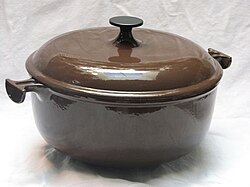
Energy Efficiency
Since induction cooktops heat the pan directly, there’s less energy loss. Combined with cast iron’s ability to retain heat, you get a system that’s incredibly efficient. This is particularly helpful for slow-cooking dishes or long simmering recipes.
Versatility in Cooking Styles
Whether you’re frying eggs, baking cornbread, or braising lamb shanks, cast iron handles it all. It transitions seamlessly from stovetop to oven, giving you greater flexibility in the kitchen.
Durability and Longevity
A well-maintained cast iron pan can last generations. When used on induction cooktops, there’s less wear and tear compared to open flames or electric coils. That’s cookware with true staying power.
Comparing Cast Iron to Other Cookware on Induction Stoves
Stainless Steel vs. Cast Iron\
Stainless steel is also induction-compatible, but it doesn’t offer the same heat retention. While it heats up faster, it cools down just as quickly, which can affect cooking consistency.
| Feature | Cast Iron | Stainless Steel |
|---|---|---|
| Heat Retention | Excellent | Moderate |
| Weight | Heavy | Light to Moderate |
| Oven Safe | Yes | Usually |
| Maintenance | Needs Seasoning | Low Maintenance |
Non-Stick vs. Cast Iron
While non-stick pans are great for delicate foods, they often lack the durability of cast iron. Plus, most non-stick coatings degrade over time and aren’t oven safe beyond a certain temperature.
Best Practices for Using Cast Iron on Induction Cooktops
Preheating and Temperature Control
Preheat your cast iron slowly to avoid thermal shock, especially on high-powered induction burners. This not only extends the life of the pan but also ensures even cooking.
Cleaning and Maintenance Tips
- Avoid using soap regularly—warm water and a scrub brush work well.
- Dry thoroughly and apply a light coat of oil to prevent rust.
- Store in a dry place and avoid stacking with other cookware.
Common Myths About Cast Iron and Induction Cooking
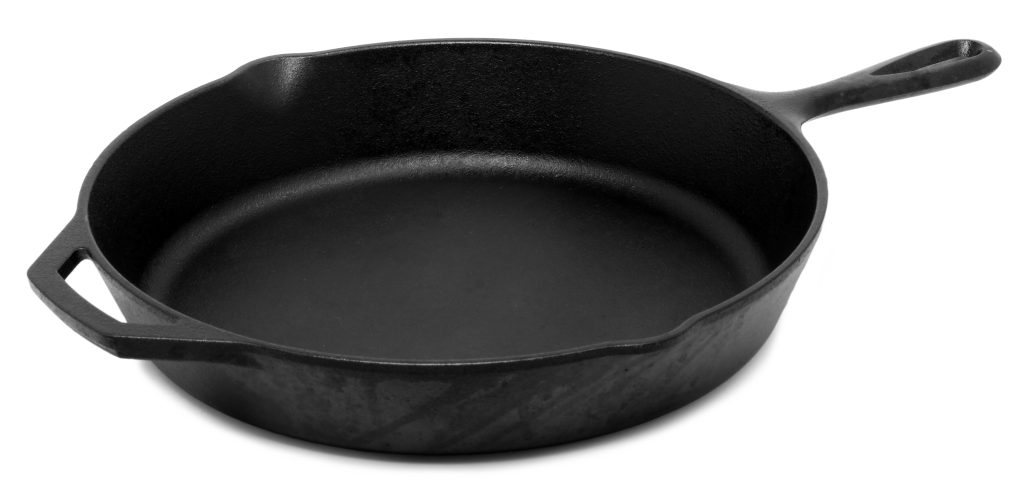
- Myth: Cast iron scratches induction cooktops.
Fact: With careful handling and a smooth base, this risk is minimal. - Myth: Cast iron is too slow for induction.
Fact: It may heat slower initially, but retains heat far better. - Myth: Induction cooking is bad for traditional cookware.
Fact: Many traditional materials, like cast iron, are perfectly suited for induction.
Top Brands Offering Cast Iron Induction Cookware
Some trusted names include:
- Lodge: American-made and affordable.
- Le Creuset: Premium enameled cast iron.
- Staub: Known for elegant design and excellent heat performance.
- Victoria: Budget-friendly without compromising quality.
Each offers a range of induction-compatible options that suit both novice cooks and gourmet chefs.
Buying Guide: What to Look for in Cast Iron Induction Cookware
- Flat, smooth bottom: Ensures better contact with induction cooktop.
- Weight and balance: Should feel sturdy but not unmanageable.
- Enameled vs. traditional: Enamel coating reduces maintenance, but may be pricier.
- Handle design: Stay-cool handles are a bonus.
Real-Life Testimonials and User Experiences
Many users rave about how switching to cast iron improved their cooking. One home chef said, “I was hesitant at first, but my cast iron skillet is now my go-to for everything—from pancakes to paella.”
Another commented, “Using cast iron on my induction stove saved so much time and energy. Plus, clean-up is a breeze.”
FAQs About Cast Iron Induction Cookware
1. Is cast iron safe for induction cooktops?
Yes, cast iron is naturally magnetic and works perfectly on induction surfaces.
2. Can I use enameled cast iron on induction stoves?
Absolutely. As long as the core is magnetic, it will function well.
3. Does cast iron damage induction cooktops?
Not if you handle it with care. Avoid dragging the cookware across the surface.
4. Why is my cast iron pan heating unevenly on induction?
Ensure the bottom is flat and making full contact with the cooktop.
5. How do I season cast iron used on induction?
Season as usual: coat with oil, then heat in the oven to create a non-stick layer.
6. Can cast iron be used on other cooktops too?
Yes! It’s compatible with gas, electric, ceramic, and oven use.
Conclusion: Why It’s Worth the Investment
Cast iron induction cookware brings together the timeless strength of cast iron with the speed and precision of induction cooking. It’s not just a passing trend—it’s a lasting upgrade for any kitchen. From everyday meals to gourmet creations, this cookware proves its worth with every dish.


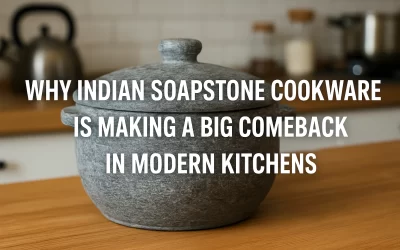
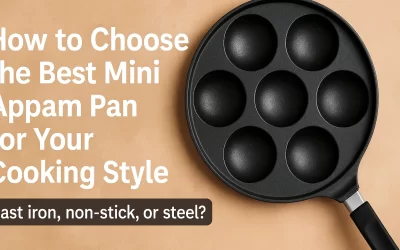
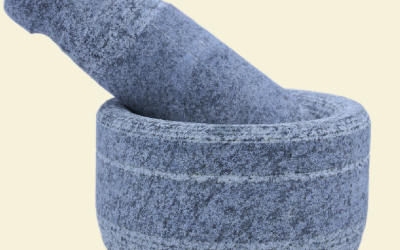
0 Comments